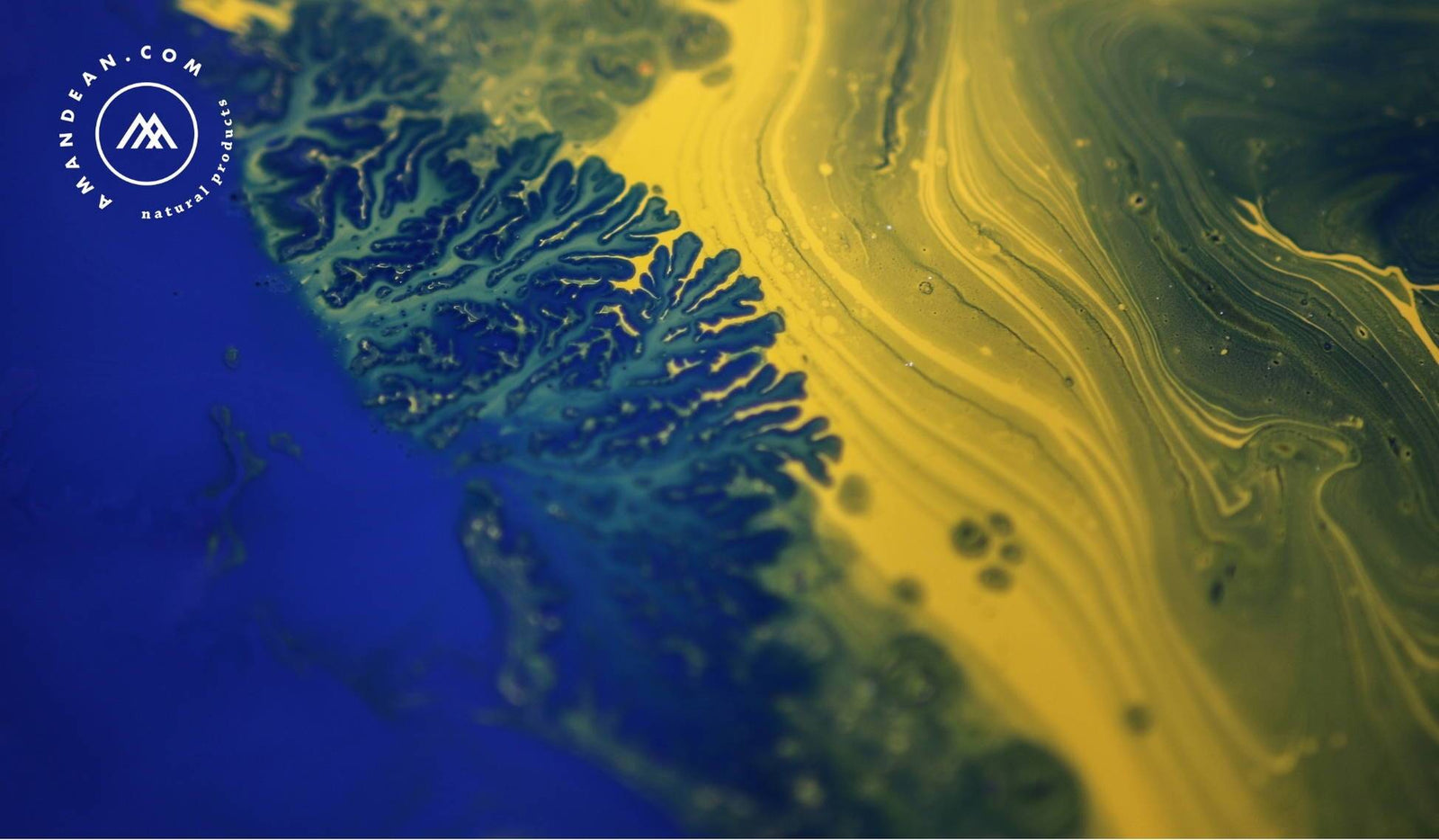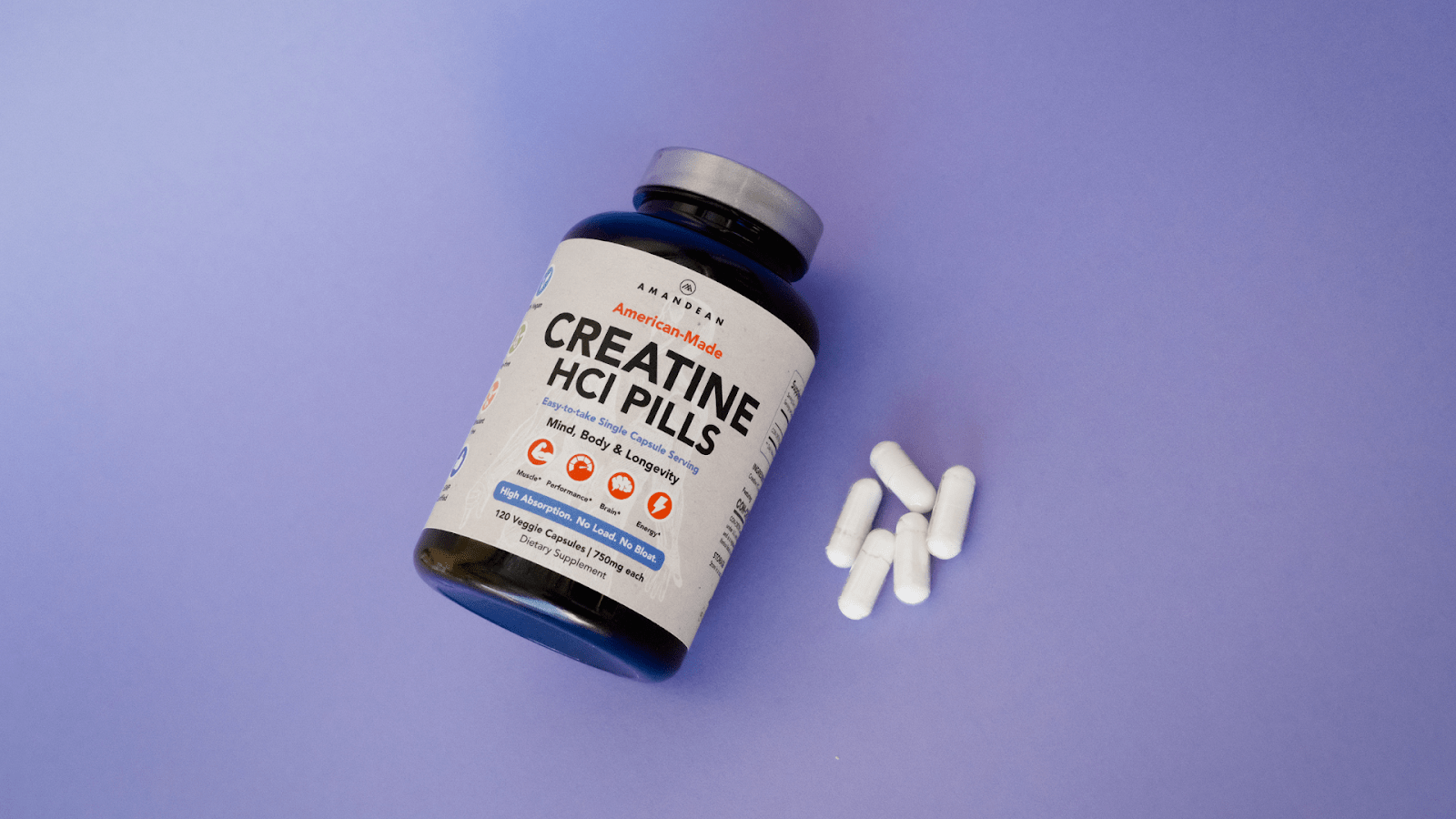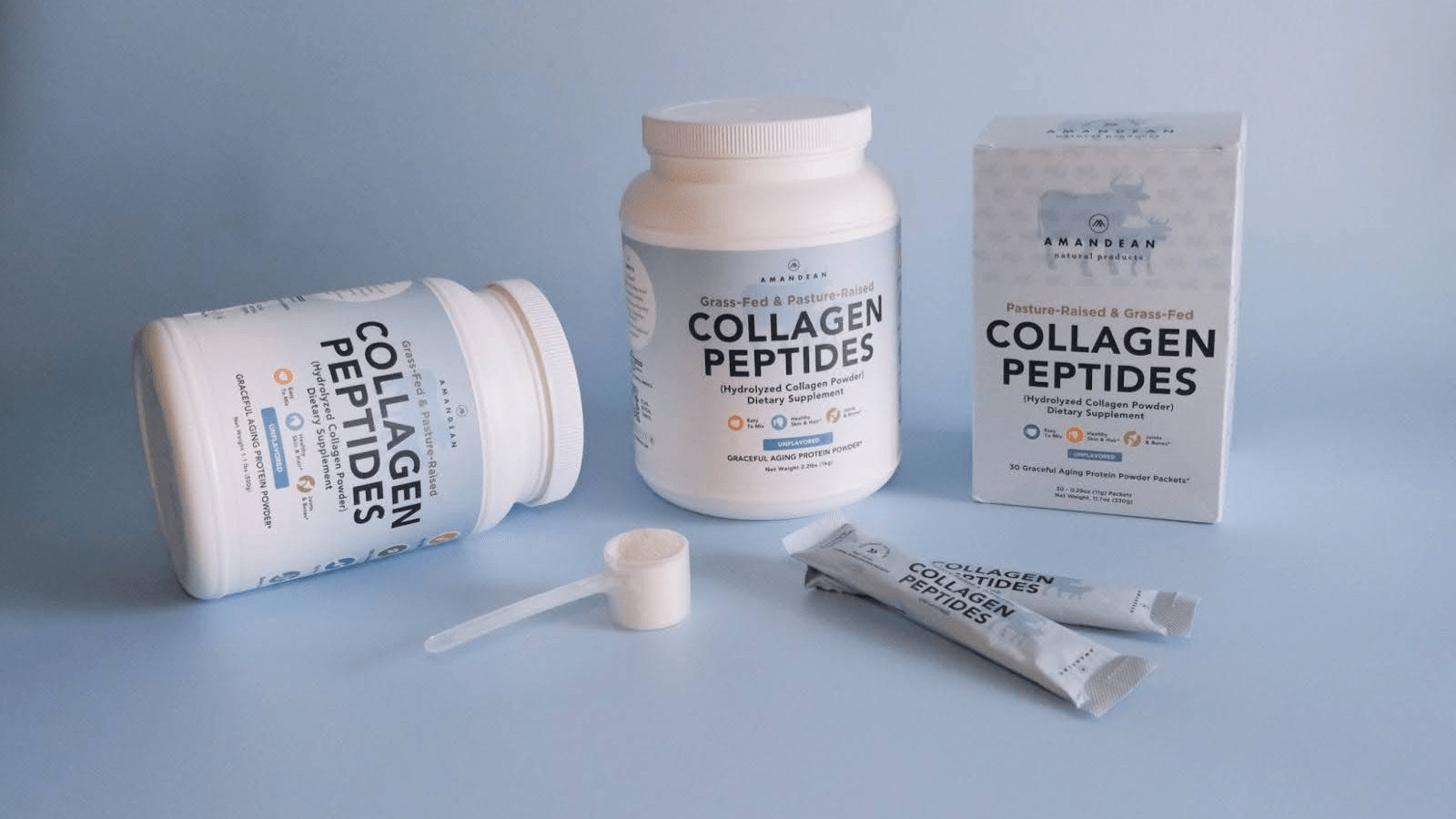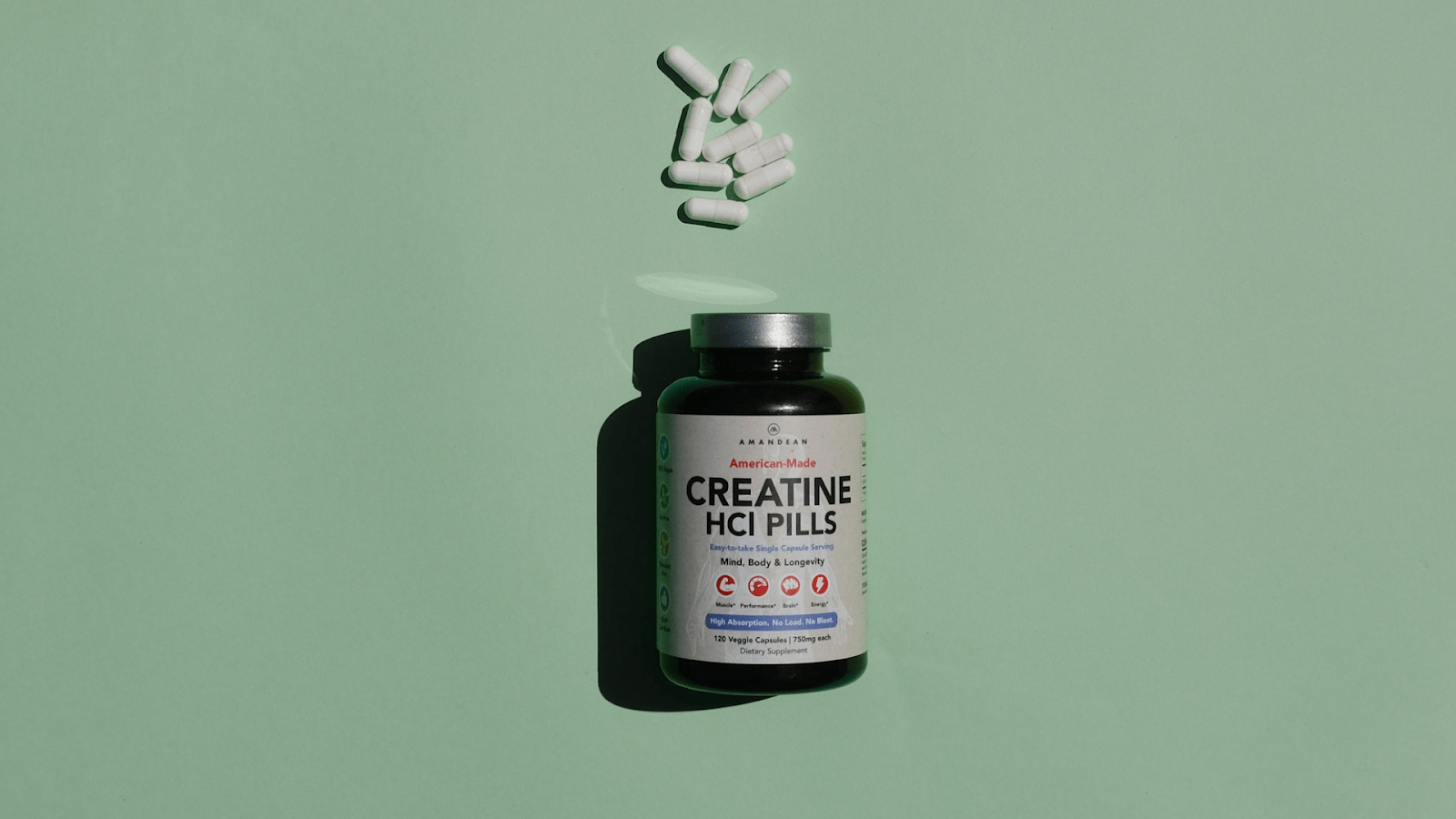Your Cart is Empty

October 08, 2020 6 min read
Omega-3s are essential fatty acids that contain crucial nutrients for the human body. Out of 11 types, there are three major forms of this fatty acid.

In the United States, one of the leading causes of death is heart attacks and strokes. About 647,000 Americans die from heart disease each year—that’s 1 in every 4 deaths. Researchers observed that fish-eating communities had very low rates of these diseases, which is linked to a healthy level of omega-3 consumption. Omega-3 also helps to reduce the production of molecules and substances linked to inflammation, such as inflammatory eicosanoids and cytokines. Omega-3 plays an important role in the body and helps with heart health, brain function, and the health of babies.

Omega-3s are also crucial in the development in newborns. Infants fed a DHA-fortified formula have better eyesight than infants fed a formula without it because it contains algal oil which is extracted from algae. Getting enough omega-3s during pregnancy is associated with numerous benefits for your child, including decreased risk of ADHD, autism and cerebral palsy.
Omega-3 also contributes to cognitive health as you age. They help to build cell membranes throughout your brain. There's evidence they can have anti-inflammatory and antioxidant effects as well, which means they promote healthier brain cells and less deterioration of the brain. For people suffering from mild cognitive impairments and age related memory loss, supplementing with omega-3s can help to improve memory and reduce the risk of cognitive decline as you age.

Omega-3s don’t just come from fish - vegan sources of omega-3s are out there!
Microalgae is packed with omega-3’s! In fact, algae is what fish feed on to get their omega-3 so it’s essentially going straight to the source. Algae is cultivated in laboratories for its unique oil, which is packed with omega-3 fatty acids. Algae itself includes 40,000 species that range from single-celled microscopic organisms known as microalgae to kelp and seaweed. It's also the only plant source of long-chain EPA & DHA. Microalgae of the Schizochytrium species are grown in closed systems on land, thriving in sunny deserts where farming is not viable. This means there is no disturbance of ocean ecosystems, making for a supplement that is naturally free from heavy metals, PCBs and dioxins. The risk of contamination is eliminated. While fish oil also supplies omega-3s, algae oil may provide a great plant-based alternative if you don’t consume seafood or can’t tolerate fish oil. Even in capsule form, many people report a fishy aftertaste. You can also buy algae oil as a cooking oil. Its neutral flavor and very high smoke point make it ideal for sautéing or high-heat roasting.

The best way to get enough of ALA is to focus on getting it straight from your daily nutrition. Eat plenty of ground chia seeds, flaxseeds, hemp seeds, leafy green vegetables, or anything that comes from a plant source. Aside from fish-based omega-3s, an ALA intake of about 2g per day has been consistently associated with a modest lowering of heart disease risk.
Dry Skin. Omega-3 fatty acids are stored in your cell walls so if your skin is looking dry, or flakey, it could be because you are lacking in the fatty acid department.
Take our quiz and find which supplements your body is craving.

Lackluster Hair. In addition to your cells, omega-3s are also stored in your hair follicles. If you’ve been noticing dryness, breakage, and dullness in your mane, try increasing your omega-3 intake and get ready to look like you’ve walked off the set of a Garnier Fructis commercial.
Insomnia. Tossing and turning at night? A deficiency in omega-3s could be why. Studies have shown that people with high omega-3 levels experience a higher quality of sleep.
Fatigue. Always tired? This is also a potential symptom of an omega-3 deficiency. Boost your energy levels during the days by adding more fatty acids to your diet.
Depression. If you're feeling blue all the time, omega-3 is known to help with depression and anxiety. For example, omega-3s can easily travel through the brain cell membrane and interact with mood-related molecules inside the brain. They also have anti-inflammatory actions that can help relieve depression.
If you’re deficient in omega 3, you might find yourself suffering from dry, uneven texture, flakey skin, depressive moods, brittle hair & nails, or even ‘brain fog’. All are noticeable signs which may be alleviated by being mindful of eating more naturally-occurring omega-3.
A survey of Eastern European countries found that the higher the intake of ALA, the lower the risk of cardiovascular disease. As we mentioned above, it's common to get omega-3's from fatty fishes like tuna, salmon, anchovies, as well as shellfish like oysters and clams. For those who live by a vegan diet, it's possible to get omega-3 sources from algae and some good chia pudding! They can also be found in hemp seeds, pumpkin seeds, sunflower seeds, walnuts, soya spread, brussel sprouts, perilla oil and flaxseed. While enriching your diet with whole foods can help you to increase your levels of ALA, the body’s rate of converting them into DHA and EPA falls short of the few hundred milligrams you should be taking. A typical vegan omega-3 supplement delivers about 200 mg DHA and 100 mg EPA per capsule and is a sure-fire way to reliably increase your levels of both DHA and EPA.
Not only are vegan omega-3 supplements cruelty-free and the most sustainable source of this nutrient, they also are better for us health-wise. Vegan omega-3 supplements skip straight to the source, bypassing the consumption of fish. Oil is extracted from the algae plant, filtered, and deodorized before it’s ready to be consumed in vegan-soft gels. Like fish oil supplements, those made from algae oil vary in their amounts and types of omega-3 fats, as well as their serving sizes. Experts suggest vegans take anywhere between 0.5 and 2 grams of long-chain omega-3 fatty acids (EPA and DHA) per day. Vegan omega-3 supplements offer all the benefits of omega-3 from fish, with none of the cruelty or health risks that eating fish or fish oil brings.
We love these supplementsbecause not only are they animal friendly but also because they’re environmentally sustainable. Interested in more information on vegan supplements? Check out this incredible blog on what supplements you can mix with vegan omega-3.
The three main types of omega-3 fatty acids are Alpha-linolenic acid (ALA), Eicosapentaenoic acid (EPA), and Docosahexaenoic acid (DHA).
Fish-eating communities have very low rates of cardiovascular disease, which is linked to a healthy level of omega-3 consumption.
High omega-3 levels are necessary for a healthy pregnancy and child development, as well as cognitive functions.
Algae oil is a perfect substitute for fish oil and offers all the same health benefits.
Symptoms of low omega-3 levels commonly include dry skin, fatigue, and insomnia.
Supplementing with vegan omega-3 is a perfect way for vegans to obtain a sufficient amount of these fatty acids.

October 17, 2025 8 min read
Find out why creatine is better for vegans! Boost your wellness game and unlock peak performance with Amandean's premium supplements today.

October 16, 2025 7 min read
Learn whether collagen in coffee is just another wellness fad. Examine the facts, benefits, and how to use collagen in coffee for beauty and joint support.

September 22, 2025 9 min read
Unlock the full benefits of creatine for women. Boost energy, beauty, and brainpower with Amandean’s clean formulas.